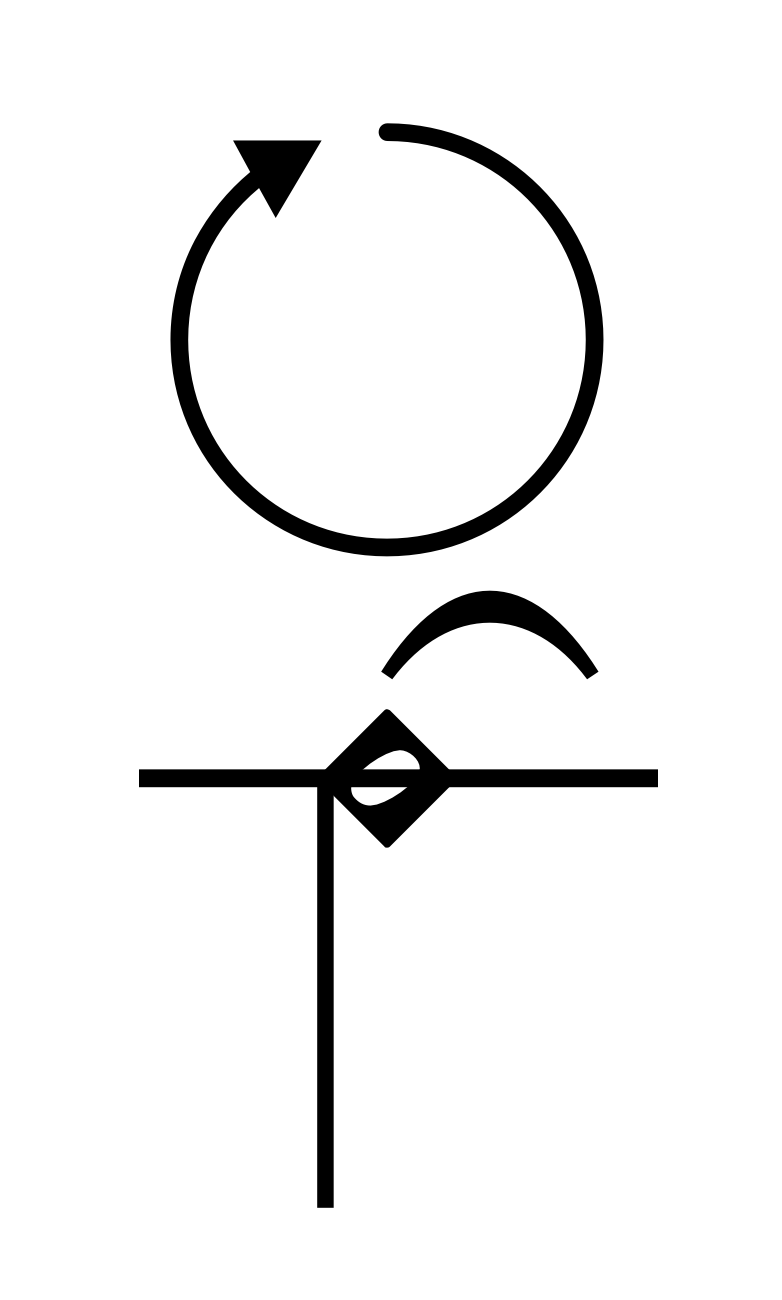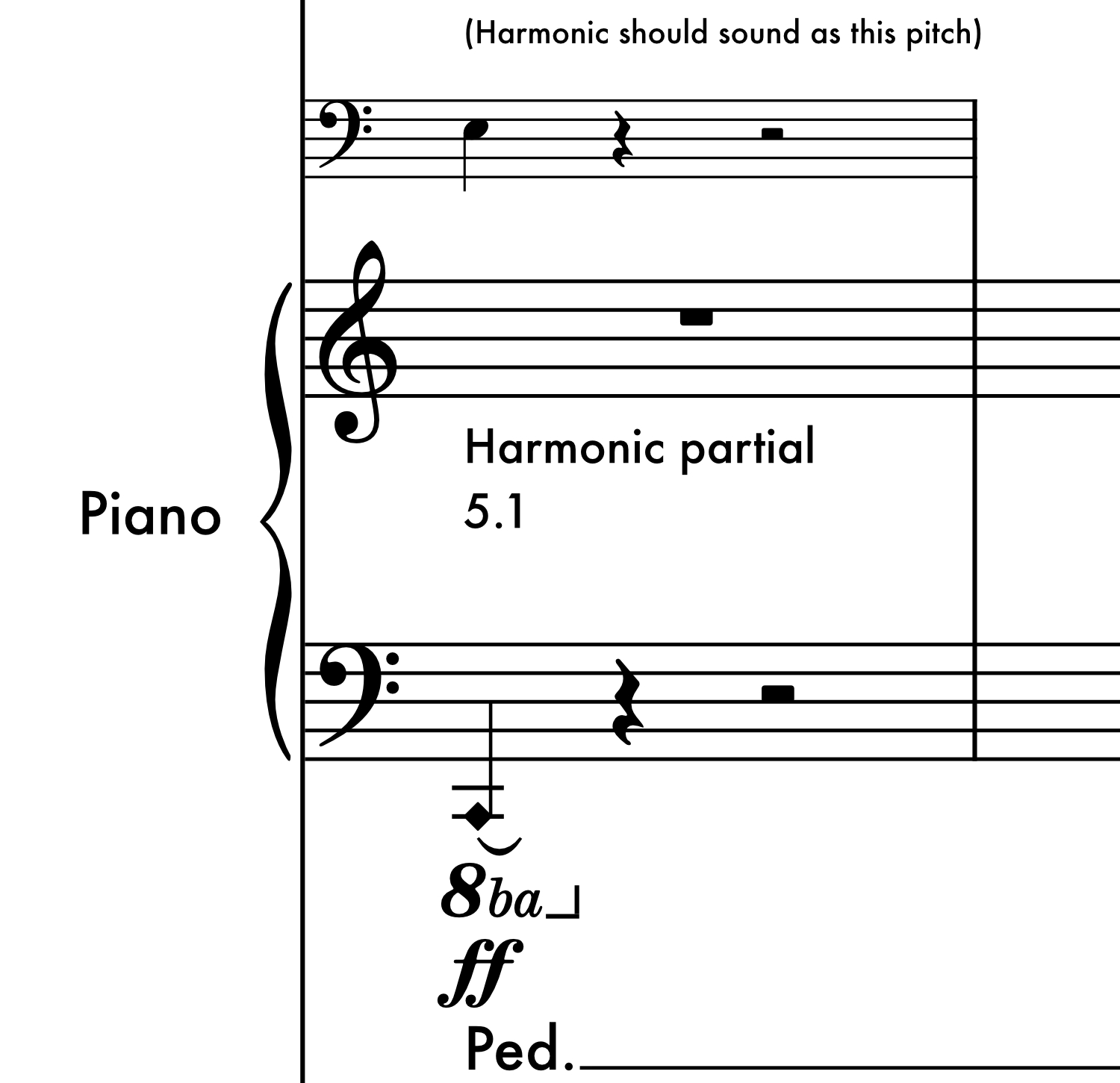Requiem for a Snowy Robin
An innovative piece for concert band.
Program Notes
I started working on the piece in November 2023 when I was offered the opportunity to write for the Wheaton College Symphonic Band. Initially, I spent time exploring different directions for the composition. I found that my usual compositional style wasn’t particularly idiomatic for concert band writing. While walking one day, I encountered a dead bird, which ultimately inspired both a poem and my approach to composing this piece. The work incorporates various non-traditional techniques, including players singing, piano harmonics, bowing a crotale on a timpani, and using a superball mallet on a cymbal to create unique sounds.
- I opened the door to a
- white landscape,
- the snow wind-burned into
- a flat but freckled surface.
- I walked through it,
- remembering the path
- as my shoes gathered snow.
- I went by the bird;
- I remembered it.
- Its frozen body now hidden
- under a blanket of snow.
- A white canvas, stretched
- to hide the red.
- I remembered first seeing it
- yesterday.
- Broken, bloodied…
- forgotten.
- Now just a small mound
- in the sea of topography
- surrounding it.
- I shuddered when I first saw it.
- The broken leg,
- perpendicular at the knee.
- Its crushed head.
- Feathers blowing in the
- ever slight breeze.
- I wondered how it died.
- It didn’t fit the handiwork
- of the neighborhood cat.
- Probably a hawk.
- Or perhaps the bird fell
- in love with the sky,
- the feeling of flight along
- its resonating wings.
- Love can make one forget
- how to fly.
- Love can make one forget
- how to fly.
Piece Details
Instrumentation
- Piccolo
- 2 Flutes
- 2 Oboes
- 2 Bassoons
- Clarinet (E♭)
- 3 Clarinets (B♭)
- Bass Clarinet
- 2 Alto Saxophones
- Tenor Saxophone
- Baritone Saxophone
- 3 Trumpets (B♭)
- 4 Horns (F)
- 3 Trombones
- Bass Trombone
- Cimbasso (or 2nd Tuba)
- Euphonium
- Tuba
- Double Bass
- Piano
- Vibraphone
- Percussion 1:
- Brake Drum
- Crotales
- Percussion 2:
- Xylophone
- Ride Cymbal on Tom
- Percussion 3:
- Toms
- Suspended Cymbal
- Percussion 4:
- Crotale on Timpano
- Chimes
Extended Techniques
The piece uses various extended techniques for percussion, piano, and singing.
Singing:
In the beginning of the piece, players are instructed to sing. This is indicated in the score with a “Singing” staff and bars across parts to
show which parts are singing. Despite the separate staff, there is no dedicated singing part.
All players are singing the same notes, their parts show it in a appropriate octave and transposion for their instrument. Players should sing the notes in whatever octave is most comfortable and controllable for their voice. When there is multiple notes, have players divide equally across the ensemble. Singing parts start with the vowel sound “oo”. As players crescendo, they should shift between an “oo” sound to an “ah” sound gradually. As players diminuendo, they should shift back from an “ah sound to “oo” sound gradually. This is marked in the score and parts with this symbol:

Percussion:
Ride Cymbal on Tom with Super Ball Mallet
Percussionist should put ride cymbal upside down on a tom drum (larger cymbal and tom is recomended). Player should hold center of cymbal down with one hand and drag super ball mallet across cymbal in circular mo on with other hand. Player should drag for around the value notated, then let ring. This is notated with a circular arrow over a note.

Crotale Timpano
Take single note “E” crotale and rest it upsidedown so that raised center is in contact with membrane of timpano. Hold slightly off edge and
bow downwards to get crotale resonating, then let ring and slowly move tuning pedal of timpano. Percussionist can experiment with
moving the crotale more towards center of timpano after bowing.

Piano Harmonics:
At the beginning of the piece, the pianist should play the E1 key. With the other hand, pianist reaches into piano to lightly
touch string inside piano to create the sounding pitch E3, notated in the smaller staff of the piano part and in the score. If the piano
being used has a beam blocking the harmonic, pianist should find another sounding E harmonic they can play. It can be helpful to mark the point to touch on the string with something like a sticky note.

Conducting Notes
This piece sometimes uses 3/2 meter . The choice to use the meter 3/2 instead of 6/4 was to show the groupings in 3 sets of 2, not 2 sets of 3 as 6/4 implies. The length of a quarter note stays consistent through all meter changes.